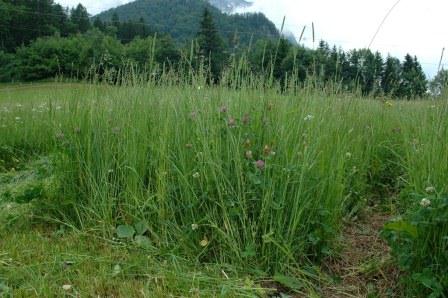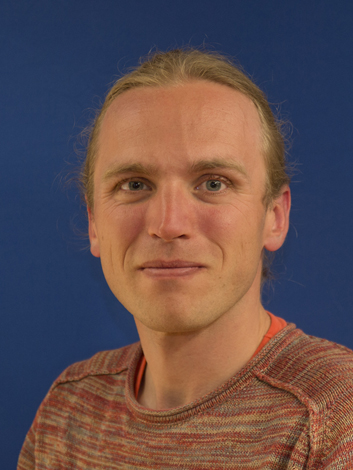The fertilizer concept in organic farming is not based on feeding the plant directly with substances, but rather the fertilizer substances are intended to provide food for the soil organisms. These convert and break down the organic substances and thus make them available to the plants.
As part of this study, a cost-effective carbon source (grass mulch) is to be tested on grassland farms. For this purpose, the last growth of biomass in the growing year is mulched and left on the area. The last growth is usually used as autumn pasture, which is not available in this area. In addition to mulching, two different qualities of manure are used. One is untreated cattle manure and the other is cattle manure treated with diabase stone powder.
Working hypothesis 1: By mulching permanent grassland, additional organic fertilizers are introduced into manure farms, which promote soil life and thus improve grassland yields in the following year.
Working hypothesis 2: An additional introduction of organic fertilizers on manure farms leads to a change in the grassland plant population.
Working hypothesis 3: Mulching the last growth of grassland on a cut meadow is economically worthwhile due to the stable turf and the yield.

Test plot before cutting
HBLFA Raumberg-Gumpenstein





